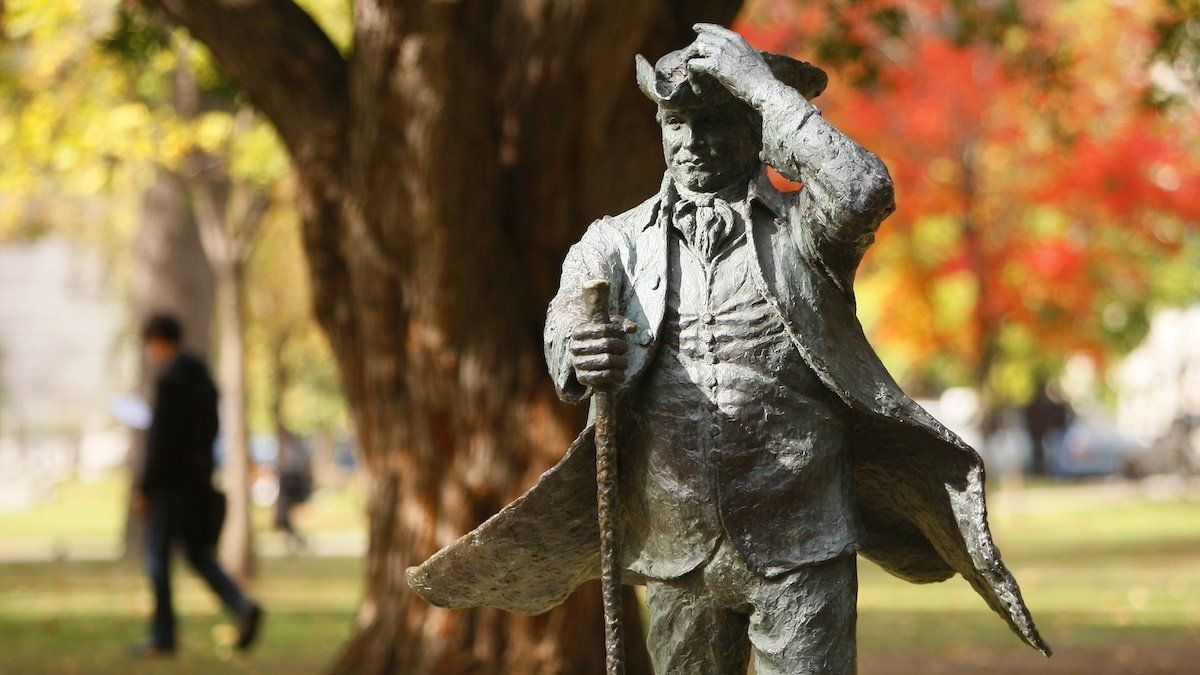Canadian Immigration Minister Marc Millerwarned Canada on Sunday of an “alarming trend.” Foreign students are making asylum claims – the latest issue to confront his government as it struggles to get the immigration system under control.
In recent years, Canadian universities and colleges have increasingly relied on foreign students, who pay higher tuition than Canadians, to deal with funding shortfalls. But the wave of students – more than a million were admitted in 2023 – is being blamed for everything from a shortage of rental accommodations to security fears. A Pakistani national arrested as he was allegedly en route to New York to conduct a mass shooting at a Jewish centre came to Canada on a student visa.
Miller has twice decreased the number of visas available to foreign students, but more than 70,000 already in Canada are now facing deportation when their visas expire. In the next three years, 396,235 foreign student work permits will expire. If Canada gets tougher on students and other temporary foreign residents, a think tank warns that some could try their luck in the United States, increasing tension on the border.
The Macdonald-Laurier Institute’s Center for North American Prosperity and Security wrote in the Wall Street Journal that a surge of migrants is already starting to enter the United States, crossing into New York, New Hampshire, and Vermont. There were 180,000 interactions with U.S. Customs and Border Protection agents on the northern border between January and August, up from 27,180 in all of 2021.
The Canadian side may want to redouble its efforts to get a handle on the problem. Polling shows immigration is one of Donald Trump’s strongest issues, so any influx along the normally quiet northern border could give him a boost in the swing states where he and Kamala Harris are locked in a razor-close race.
And Canadians may want to avoid that. A report released Thursday from the Peterson Institute for International Economics estimated that Trump’s tariffs would cost the Canadian economy US$60 billion over the first three years.
